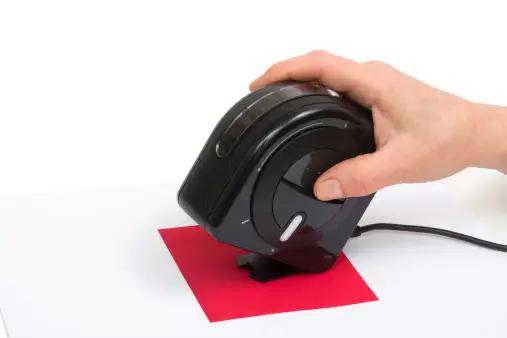Last updated on January 11th, 2024 at 11:01 am
Printing has come a long way since the first printing press was invented in the 15th century. With the advancements in technology, the printing industry has evolved significantly, making printing faster, more efficient, and of higher quality. One such technology that has had a major impact on the printing industry is artificial intelligence (AI). AI has revolutionized many industries, and printing is no exception. But what exactly is the impact of AI on modern printing techniques? Let’s delve deeper and find out.
The Role of AI in Modern Printing
Artificial intelligence refers to the ability of a computer or machine to perform tasks that usually require human intelligence. With the help of algorithms, AI can analyze data, make decisions, and learn from its own mistakes. In the printing industry, AI is being used to streamline processes, increase efficiency, and improve the quality of printed material.
One of the most significant uses of AI in modern printing techniques is in the prepress stage. Prepress is the stage where a digital file is prepared for printing. This involves many repetitive and time-consuming tasks, such as color correction, image enhancement, and layout design. AI systems can now perform these tasks with a higher level of accuracy and in a fraction of the time it would take a human. This has greatly increased the efficiency of the prepress stage, saving both time and money for printing companies.
Enhancing Print Quality
Thanks to AI, the quality of printed material has also significantly improved. AI algorithms can analyze and optimize images, making them look more vibrant and lifelike on paper. They can also detect and correct any errors in the design or layout, ensuring that the final print is of the highest quality. This not only improves the overall look of printed material but also reduces wastage and reprinting costs.
Moreover, AI is also being used to improve color accuracy in printing. With a color management system driven by AI, printing companies can produce prints that are consistent in color, regardless of the material being printed on. This has been a major challenge in the printing industry, but AI has made it possible to achieve accurate color reproduction, thus satisfying customer expectations.
Increased Efficiency in Production
In addition to enhancing print quality, AI has also made the printing process faster and more efficient. For example, AI-driven automatic sorting systems can classify and sort printed material based on size, color, and content, increasing the speed of the packaging process. AI has also enabled printers to run multiple jobs simultaneously, reducing production time and increasing output.
Furthermore, AI has made it easier to integrate different printing techniques, such as digital and offset, to produce complex and unique prints. This has opened up new possibilities for the printing industry, allowing for personalized and mass production at the same time. With AI, printing companies can cater to the individual needs of their clients while maintaining high-volume production capabilities.
The Future of AI in Printing
As AI technology continues to improve, its impact on the printing industry will likely become even more significant. Many companies are already experimenting with 3D printing, which combines AI with printing to create three-dimensional objects. This has the potential to revolutionize the manufacturing industry, as it can produce complex designs at a fraction of the cost and time.
Furthermore, AI is also being used to develop smarter printing machines that can predict maintenance requirements, reducing downtime and increasing productivity. With these advancements, we can expect the printing industry to become even more efficient, innovative, and cost-effective.
Frequently Asked Questions
Will AI Replace Human Workers in the Printing Industry?
No, AI is not meant to replace human workers but rather to assist them in performing tasks more efficiently and accurately. The printing industry still requires skilled workers for tasks that AI technology cannot perform.
Is AI a Cost-Effective Solution for Printing Companies?
Yes, by increasing efficiency and reducing production time, AI technology has the potential to save printers money in the long run, making it a cost-effective solution.
Can AI Technology be Used in Small Printing Companies?
Yes, AI technology is being developed to cater to various scales of printing companies, including small businesses. With advancements in technology, it is becoming more accessible and affordable for smaller printing companies to incorporate AI into their processes.



